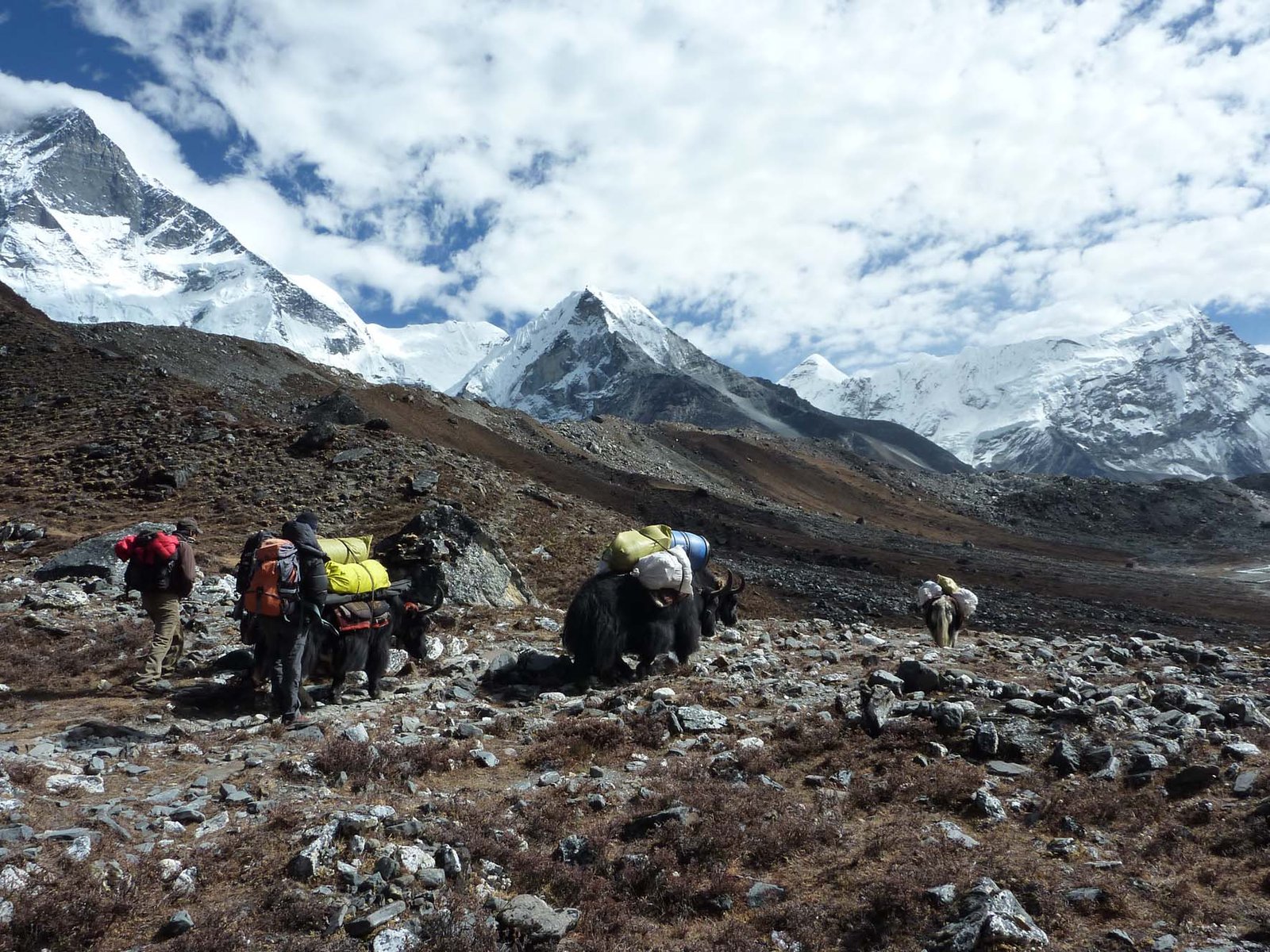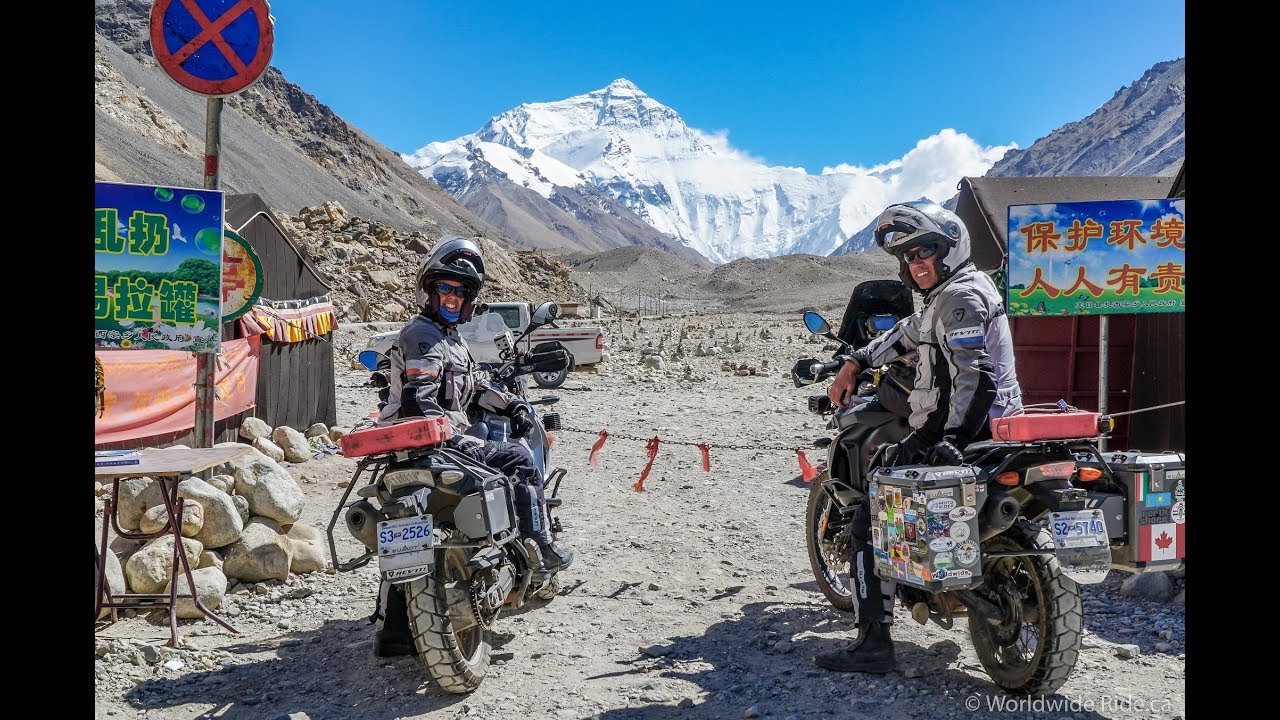The Road to Everest: Transportation Insights for Travelers

Mount Everest, the world’s tallest peak, has long captivated adventurers and nature enthusiasts alike. Reaching this iconic summit requires careful planning and consideration of transportation options. This detailed guide provides valuable insights for travelers seeking to embark on this extraordinary journey.

1. Air Transportation:

- Kathmandu, Nepal: Serves as the primary gateway city for trekkers and mountaineers aiming to conquer Everest. Tribhuvan International Airport offers flights from major cities worldwide.
- Lukla Airport: Nicknamed “The World’s Most Dangerous Airport,” this airstrip is located in the heart of the Everest region. It serves as the main entry point for trekkers and provides breathtaking views during the flight.
- Domestic Flights: Internal flights connect Kathmandu to Lukla, reducing travel time significantly. Popular airlines include Yeti Airlines and Tara Air. Online booking is available.
2. Land Transportation:
- Roadways: While there is no direct road to Everest Base Camp, travelers can take buses or jeeps to various points along the trekking route. Jiri, a town northeast of Kathmandu, serves as a common starting point for trekkers.
- Trekking Routes: From Jiri or Lukla, trekkers embark on well-established paths leading to Everest Base Camp. These routes vary in length and difficulty, allowing trekkers to choose an itinerary that suits their experience level and体力.
3. Accommodations and Permits:
- Lodges and Teahouses: Along the trekking routes, travelers will find lodges and teahouses offering basic accommodation and meals. Prices vary depending on the location and facilities provided.
- Permits: To trek in the Everest region, trekkers must obtain permits from the Nepal Tourism Board in Kathmandu. Permits include the Trekking Information Management System (TIMS) card and the Sagarmatha National Park permit.
4. Hiring Guides and Porters:
- Guides: Hiring a knowledgeable and experienced guide is highly recommended, especially for first-time trekkers or those unfamiliar with the terrain. Guides provide navigation, safety advice, and insights into the local culture.
- Porters: Porters carry luggage and supplies, allowing trekkers to focus on the journey itself. Porters can be hired locally or through trekking agencies.
5. Acclimatization and Safety:
- Acclimatization: Due to the high altitude, it’s essential to acclimatize gradually to avoid altitude sickness. Ascending slowly and taking rest days along the way helps the body adapt.
- Safety Precautions: Trekking in the Everest region requires proper training, equipment, and supplies. Travelers should pack clothing and gear suitable for cold temperatures and varying weather conditions.
6. Environmental Responsibility:
- Leave No Trace: As trekkers pass through the pristine natural environment, it’s crucial to practice responsible tourism by minimizing waste and respecting local ecosystems.
With meticulous planning and careful attention to transportation details, adventurers can embark on the journey of a lifetime to conquer Mount Everest, while immersing themselves in the beauty of the Himalayas.
